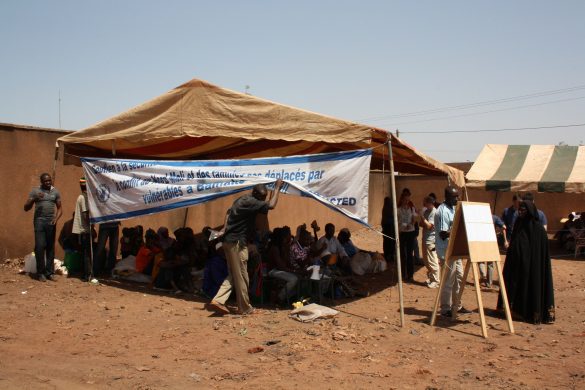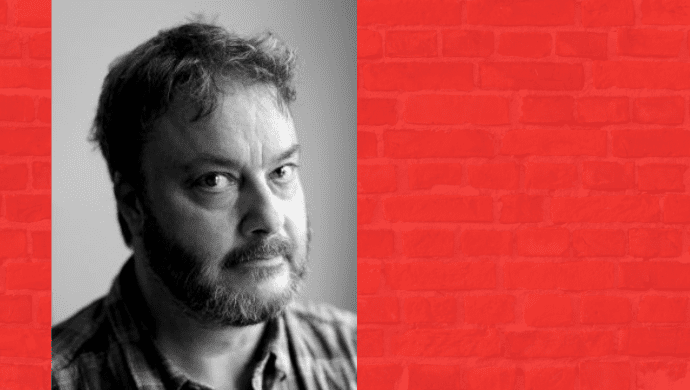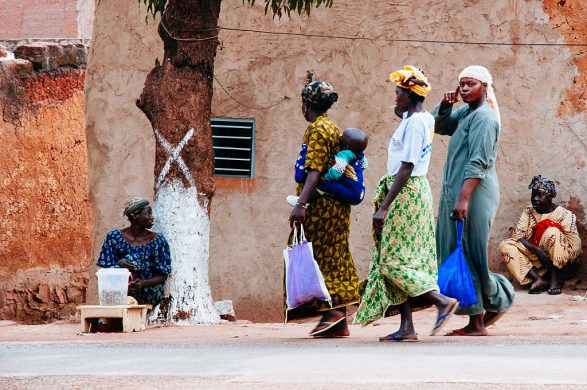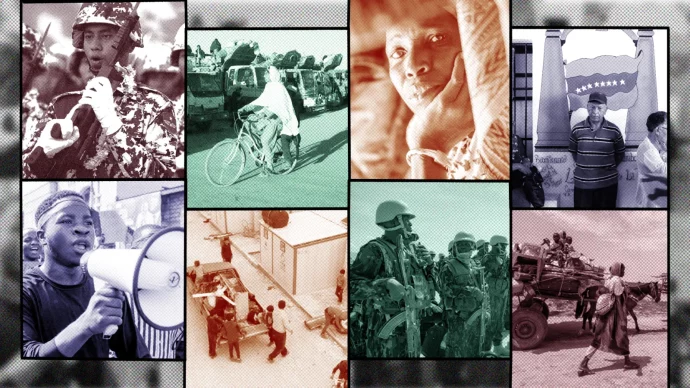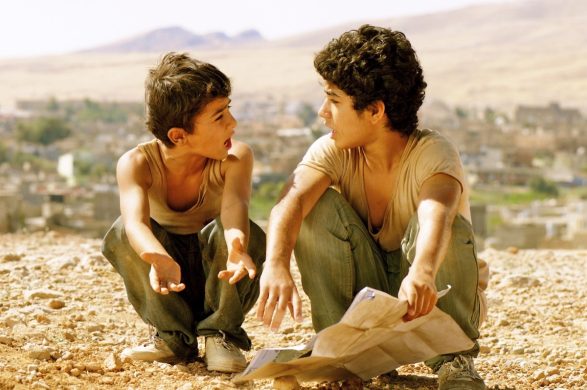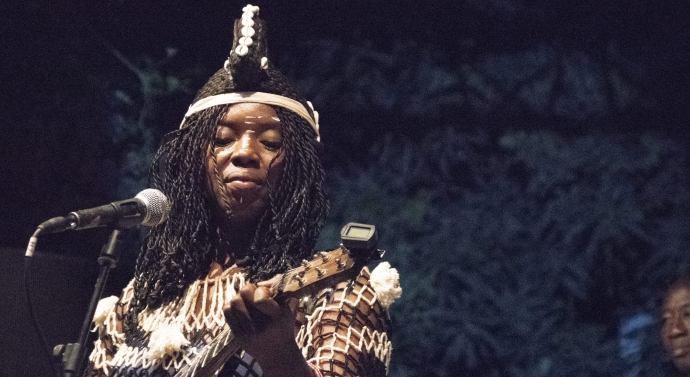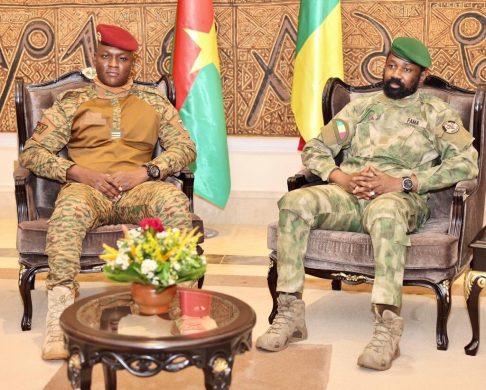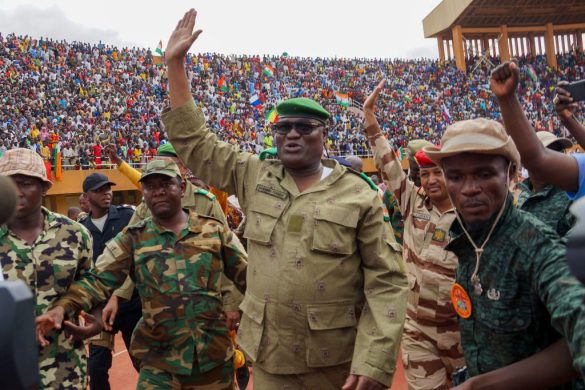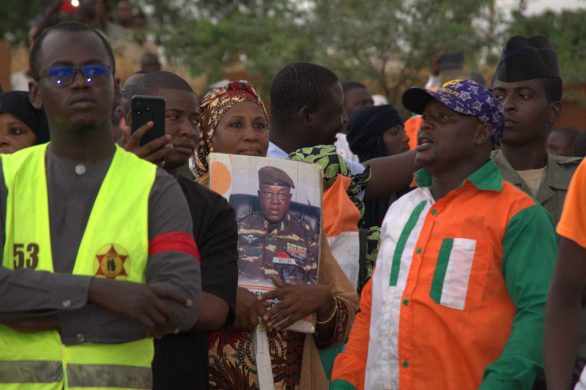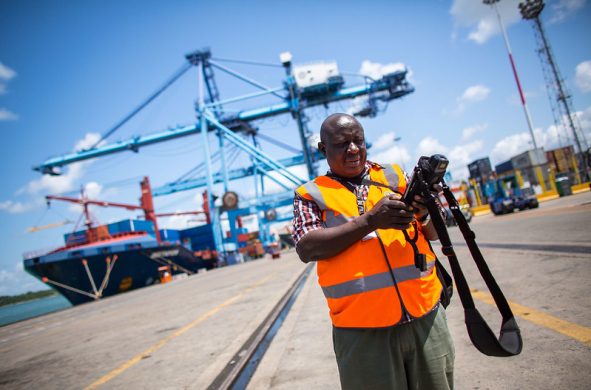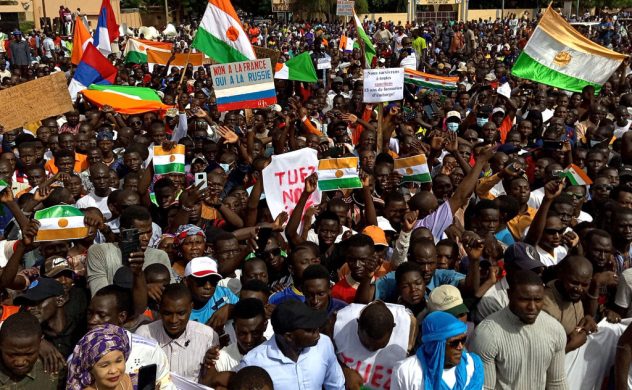BAMAKO, 3 March, 2017 (IOM): Internal displacement in Mali can be resolved by the end of 2017, but only if there is no resurgence of communal violence or armed conflict. IOM is calling on all groups in Mali to help foster a stability and peace to avoid further displacement and encourage the return home of those still displaced.
Over 500,000 people have been displaced by the armed rebellion in northern Mali and the ensuing military coup in January 2012. A further 31,000 people were displaced in 2016 due to communal violence, which has now abated.
The total number of internally displaced persons (IDPs) across the country is now 44,762 individuals (7,980 families), according to the Commission on Movement of Population (CMP) of the National Directorate for Social Development of the Ministry of Solidarity and Humanitarian Action.
The majority (61 percent or 27,250) of the displaced are still in the north. They are mainly located in Gao (7,760), Ménaka (10,381) and Tombouctou (9,109).
IOM and its humanitarian partners are assisting with the return and reintegration of the remaining IDPs in the north and other parts of the country. The number of displaced people returning home will continue to increase, if there is no further insecurity to prevent them from doing so.
Antallet faldet med 90 procent
“The situation remains fragile and unpredictable from a security point of view. If there is no re-occurrence of armed conflict or community violence spurring further displacement, and with the right humanitarian assistance to the displaced and host communities, I am confident that, at the end of 2017, internal displacement will be a thing of the past,” said Bakary Doumbia, IOM Mali Chief of Mission. “Numbers have already decreased by over ninety percent,” he added.
IOM will redouble its efforts to provide support to displaced people spontaneously returning home to safe areas through the provision of return assistance. It will also continue community stabilization activities, including rehabilitation of damaged houses, provision and distribution of core relief items, promotion of social cohesion, provision of training and promotion of youth employment, psychosocial assistance, and income generating activities.
These activities, supported by the peace initiatives in the affected areas, are designed to foster peaceful coexistence among the population.
Following the 2012 crisis and the displacement of hundreds of thousands of people, IOM, in close collaboration with the government, launched its Displacement Tracking Matrix (DTM) to provide up-to-date information on movements and the needs of IDPs and returnees.
While still providing technical support, IOM handed over the management of the DTM to the government in November 2015 – transferring the data collection process and analysis to the National Directorate for Social Development (DNDS), whose staff had supported DTM field operations from the outset.
DTM activities are now carried out in coordination with IOM and are funded by USAID’s Office of U.S. Foreign Disaster Assistance (OFDA), the Government of Japan, the European Commission Humanitarian Aid & Civil Protection Department (ECHO), the Swiss Agency for Development and Cooperation (SDC), the Swedish International Development Cooperation Agency (SIDA) and the Spanish Agency for International Development Cooperation (AECID).

